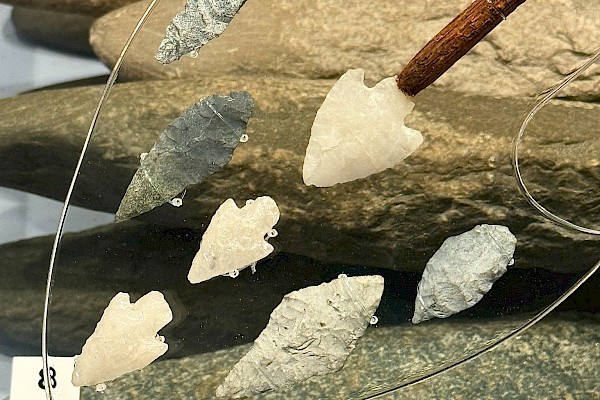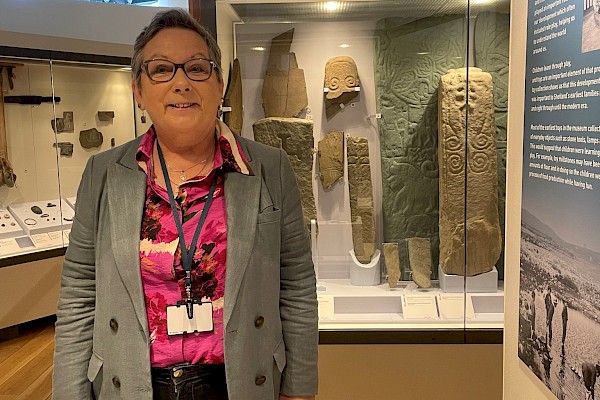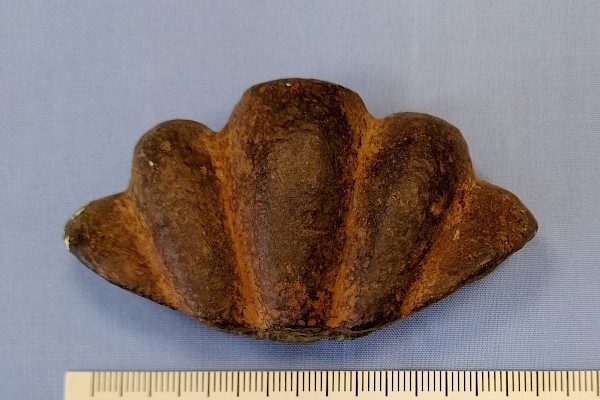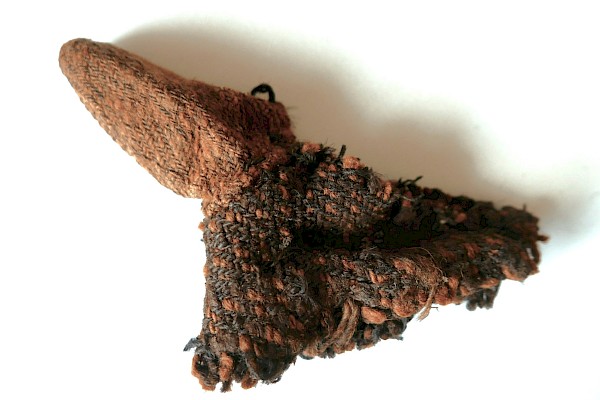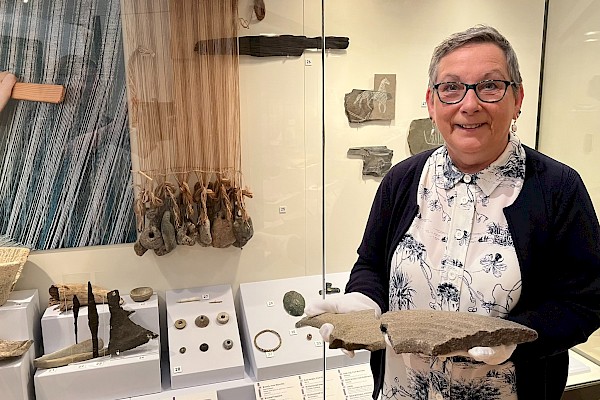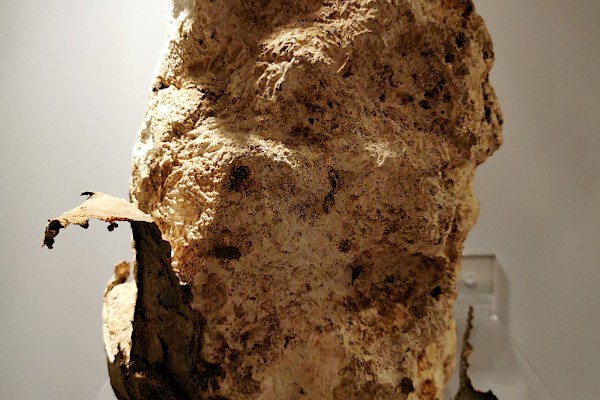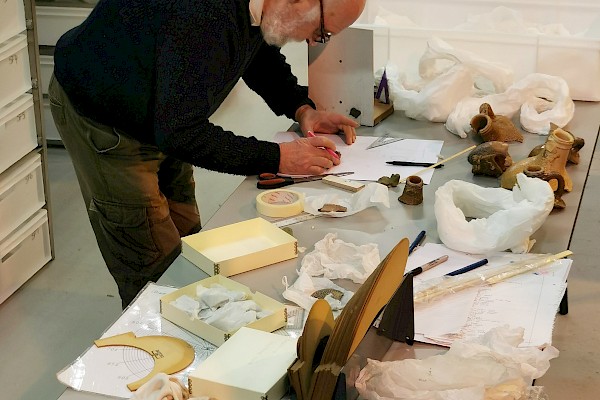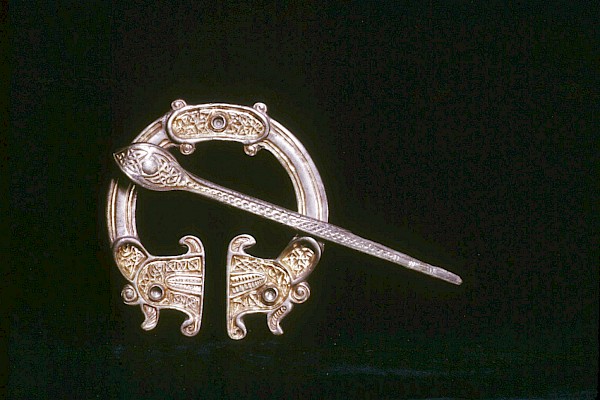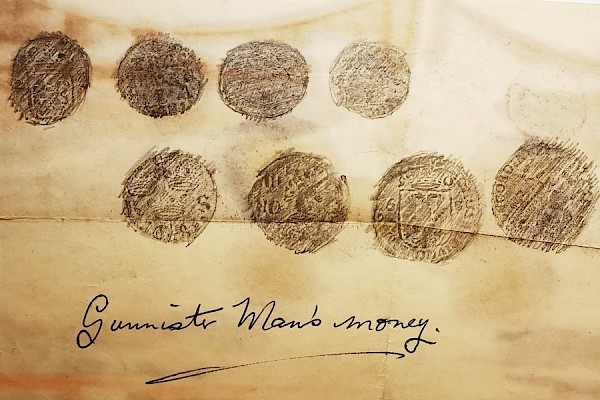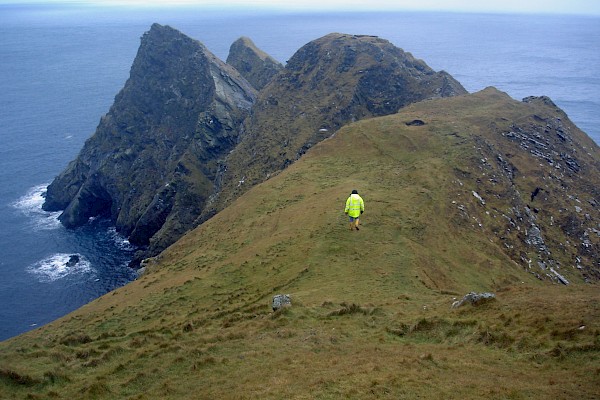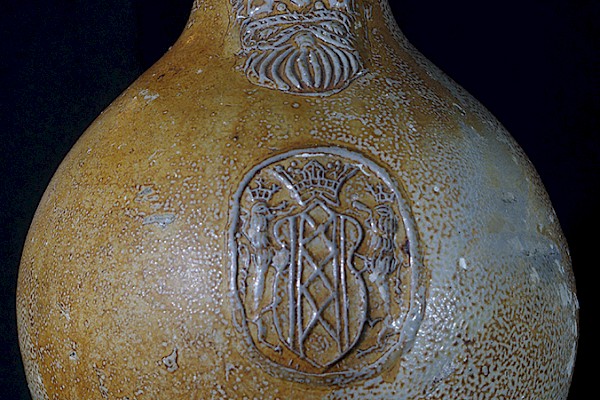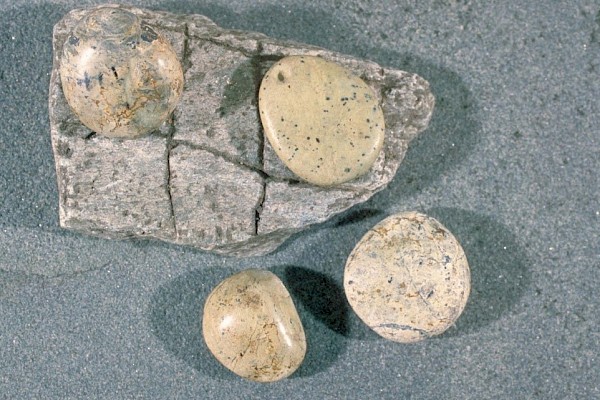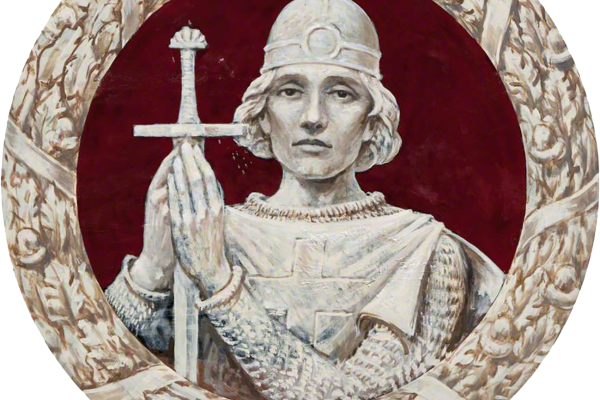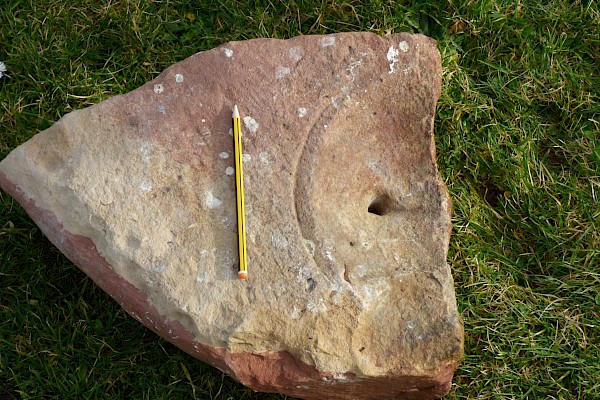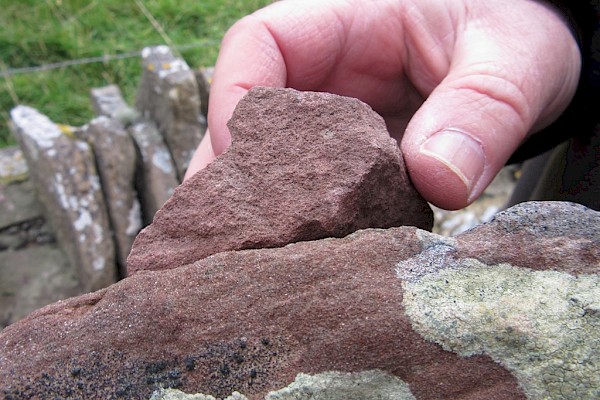Shetland’s Historic Shipwreck Collections (Part 2)
Shetland has some fascinating historic wreck sites and the remains greatly enhance our knowledge and understanding of international trade routes, manufacturing and personal tastes. In this second of three blog posts, maritime archaeologist Dr Paula Martin uncovers some of the stories behind the objects which are held in Shetland’s shipwreck collections.
There have been innumerable shipwrecks around Shetland ever since people have built boats. Many will have been in deep water and inaccessible, or washed ashore so that everything useful was salvaged quickly. It is those which sank after hitting rocks which were partially salvaged at the time, then forgotten until the aqualung was invented. Most vessels from northern Europe travelled round the north of the UK, and Out Skerries, low-lying and the easternmost island, was a particular hazard as they rounded Shetland. One notable casualty was the Dutch East India Company (VOC) vessel De Liefde (The Love), which hit Mio Ness in 1711 on its way to the East Indies.
As soon as the VOC learned of the wreck they sent a ship to see what could be salvaged, but they were able to rescue very little, perhaps because the locals had got in first. Then ‘a London diver’ worked on both the Kennemerland and de Liefde sites between 1729 and 1735, and is said to have recovered over 2000 silver coins.
After lying undisturbed for over 200 years, the site was rediscovered in 1964 by naval divers. Two of the silver coins they found were presented to the museum in Lerwick, mounted in a wooden box with a Perspex top, and on the side a brass plaque saying "Silver Ducatoons Recovered by Divers From H.M.S. Shoulton in Vicinity of Cannon Located during Seabed Search for Wreck 'Carmellan' off Outer Skerries 25th May 1964". This box is now in itself a museum object.
Then came treasure-hunters. They intended to target the Kennemerland site, but instead found Liefde. Short of time, they only recovered a few coins. They came back in 1966 and 1967, using explosives to remove the large boulders between and under which objects were lodged. Because of the rocky and exposed nature of the site there were no remains of the ship, just some of its contents which had sunk into gullies and the products of iron corrosion had created a protective layer around them.
All the artefacts were deposited in Shetland Museum where they were conserved. However, most were later removed and retained by finders or sold at auction, but a few items were left in acknowledgement of the conservation work done by the museum. Since then the wreck has been dived by various individuals and teams, and again some items have been given to the museum, or purchased by it, including two bronze guns. However, many other finds have been removed and some sold (if you look on eBay you can still buy coins from Liefde - but please don’t. Buying objects at auction only encourages treasure-hunters!).
Dr Colin Martin and Dr Paula Martin have been working with staff in Shetland Museum stores (before the lockdown) to photograph, draw and catalogue the objects from de Liefde. Even though it is only a small sample of the overall finds from the wreck, which are themselves only a small sample of what the ship originally carried, there is still much these objects can tell us.
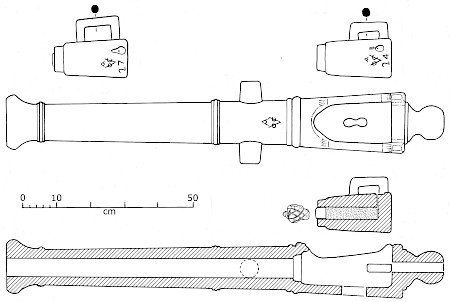
A bronze swivel-gun from De Liefde. Guns like this would be mounted on an upper deck to repel boarders
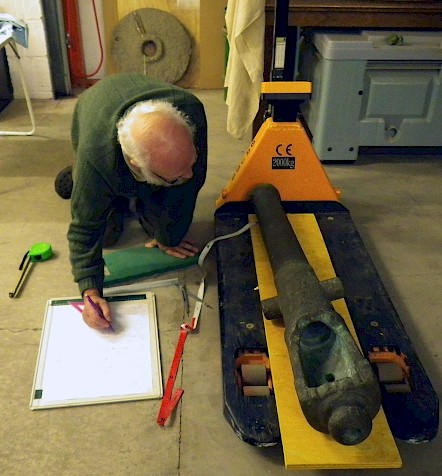
Dr Colin Martin in the museum store, drawing the swivel gun
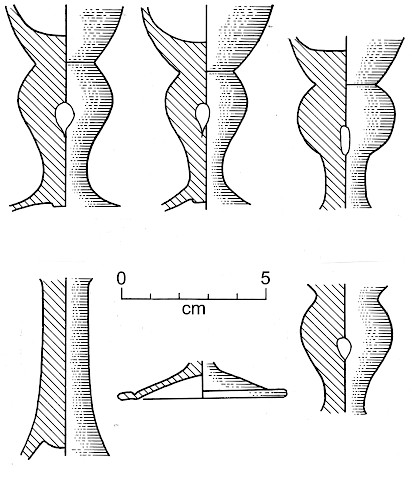
Pieces of wine-glass stems, possibly used on board, possibly carried as cargo. Archaeologists can get much information from broken pieces such as this.
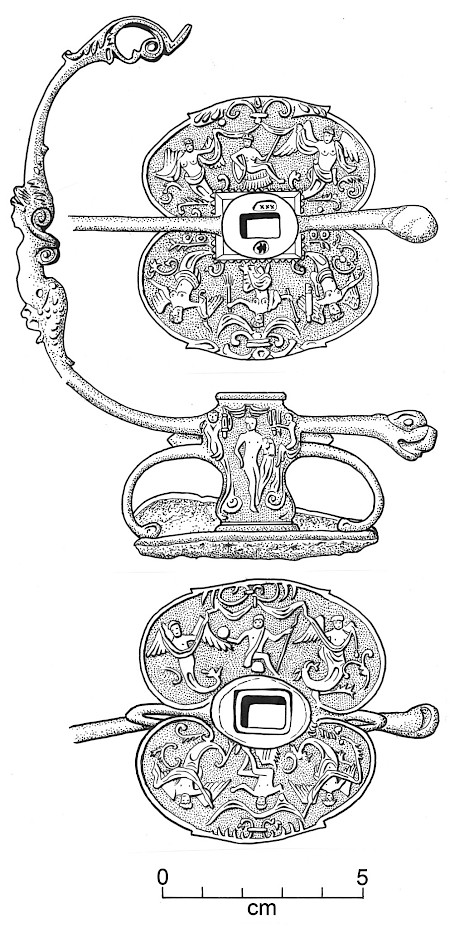
An ornate silver sword-hilt. This is a good example of how an archaeological drawing can be more informative than a photograph.
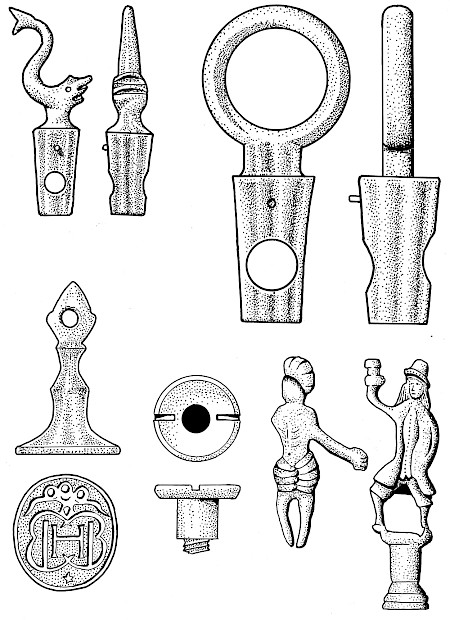
Top: two spigots for small barrels. Bottom left: a seal. Bottom right: two brass pipe-tampers.
 We hope you have enjoyed this blog. We rely on the generous support of our funders and supporters to continue our work on behalf of Shetland. Everything we do is about caring for Shetland's outstanding natural and cultural heritage on behalf of the community and for future generations. Donations are welcomed and are essential to our work.
We hope you have enjoyed this blog. We rely on the generous support of our funders and supporters to continue our work on behalf of Shetland. Everything we do is about caring for Shetland's outstanding natural and cultural heritage on behalf of the community and for future generations. Donations are welcomed and are essential to our work.
